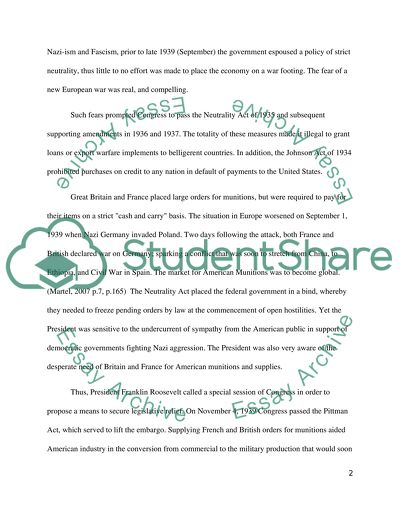Cite this document
(“The Role Of The Lend-Lease Program In Allied Victory During WWII Essay”, n.d.)
Retrieved from https://studentshare.org/history/1394491-the-role-of-the-lend-lease-program-in-allied-victory-during-wwii
Retrieved from https://studentshare.org/history/1394491-the-role-of-the-lend-lease-program-in-allied-victory-during-wwii
(The Role Of The Lend-Lease Program In Allied Victory During WWII Essay)
https://studentshare.org/history/1394491-the-role-of-the-lend-lease-program-in-allied-victory-during-wwii.
https://studentshare.org/history/1394491-the-role-of-the-lend-lease-program-in-allied-victory-during-wwii.
“The Role Of The Lend-Lease Program In Allied Victory During WWII Essay”, n.d. https://studentshare.org/history/1394491-the-role-of-the-lend-lease-program-in-allied-victory-during-wwii.


